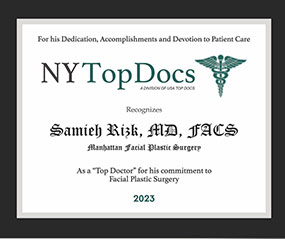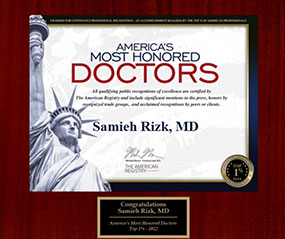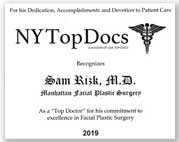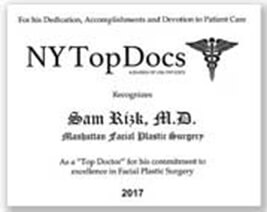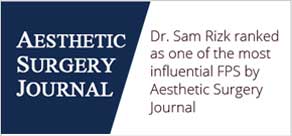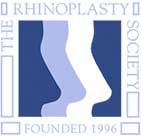What Is a Graft?
A graft is a piece of material, such as cartilage or bone, taken from elsewhere on the body and used to shape or reinforce another part of the body, such as the nose. They can help provide additional support for weaker structures and increase the overall strength of the nasal framework. Cartilage grafts can be taken from a variety of sources, including tissue banks and your own body. Options include septum cartilage in the nose, rib cartilage near the ribs/chest area, or ear cartilages – giving you plenty of choices for achieving results that look more natural.
In some cases, other materials such as a synthetic implant or fat may be used in place of cartilage. Although these materials can offer temporary results that may fade over time, they are often used in combination with cartilage grafts to provide more durable and long-lasting results.
If you plan to undergo rhinoplasty surgery, then you are in the right place! In this article, we’ll talk about some of the types of grafts used in rhinoplasty, why they are used, and what to expect from the surgery.

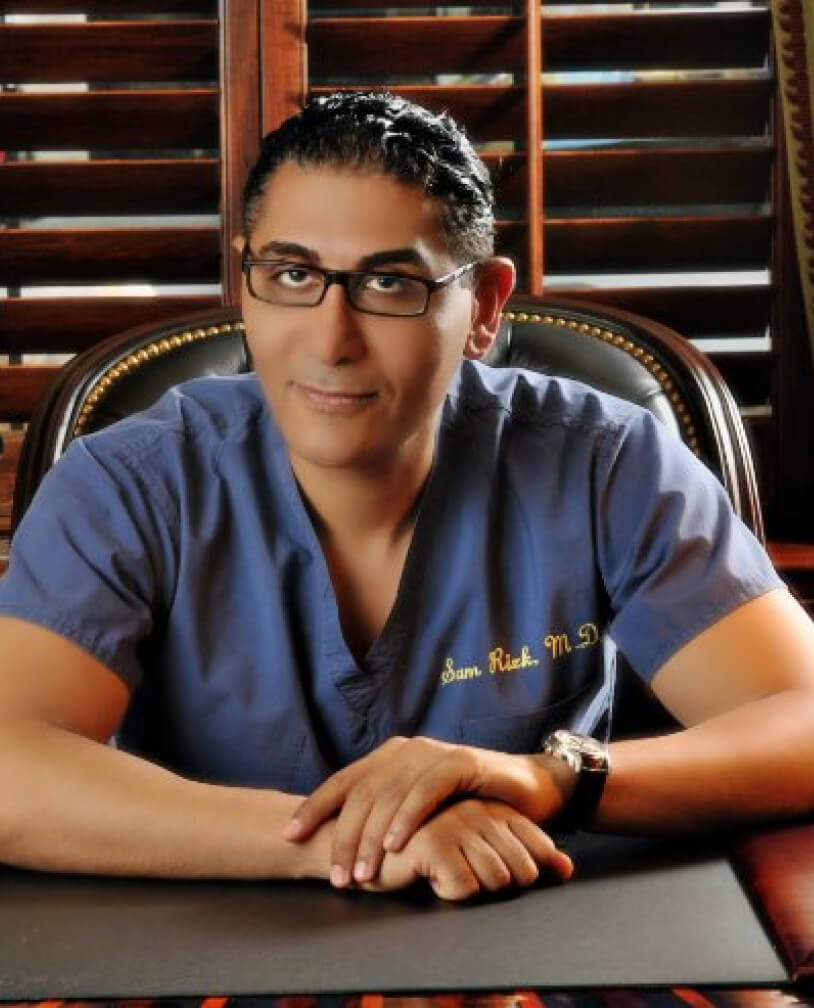
Meet Dr. Sam Rizk | Double Board-Certified Plastic & Reconstructive Surgeon
Dr. Sam Rizk is a true master of facial and reconstructive surgery, having perfected thousands of highly complex rhinoplasties and facelifts to the highest degree imaginable – patients travel from all over the world for his renowned skills. His expertise, along with his patient-centered care has made him one of New York’s most sought after nose job specialists.
With his education in both aesthetics and plastic surgery, he is the perfect selection for those seeking advice about rhinoplasty or surgical operations on their face, eyes, and neck. His experience combines artistic expression with knowledge of medical techniques to guarantee you get the best possible results.
Learn More About Dr. RizkUsing Grafts in Rhinoplasty
Grafts are the foundation of rhinoplasty, allowing skilled surgeons to craft exquisite facial features and generate more appealing silhouettes. They have the power to restore lost tissue due to prior surgery or offer heightened definition. The grafts in rhinoplasty are used to achieve specific goals such as creating definition in thick skin noses, making a nose appear straighter, correcting a collapse or indentation in the nose, providing tip support to prevent the nose from drooping, or correcting a saddled (scooped) or pinched nose in revision rhinoplasty. These small pieces can make an incredibly large impact.
Types of Grafts Used in Rhinoplasty And Their Uses
There are several types of grafts that can be used in rhinoplasty, each with its own unique purpose. Grafts are placed with either the open (external) rhinoplasty approach or the endonasal (internal) closed rhinoplasty approach. It’s important to understand that this isn’t an implant – it’s natural material, so you know what works best with your body – unlike synthetic or plant materials.
The following are some of the more common grafts Dr. Rizk uses, but this list is by no means complete. In fact, some grafts used have no name.
Cartilage Graft Rhinoplasty
The most common type of graft used in rhinoplasty is a cartilage graft, which can be sourced either from the patient’s own body (autograft) or from another person (allograft). Cartilage grafts are typically used to increase nasal projection, reshape the nasal tip, and provide support for a collapsed or weak bridge.
Composite Graft
Composed of skin and cartilage and obtained from the ear, used to correct a retracted nostril.
Shield Graft
Used in the nasal tip to provide definition and some support.
Columellar Strut
Used in the tip to provide support to a weak tip.
Tip Onlay Graft
Used in the nasal tip to provide definition and projection. The ear (conchal) cartilage makes a good tip onlay graft.
Camouflage Graft
A type of onlay graft used to correct a collapsed or indented area anywhere in the nose.
Caudal Extension Graft
Used to make a short nose longer.
Spreader Graft Rhinoplasty
Used to widen a middle vault collapse and to correct an inverted V deformity. They are placed between the upper lateral cartilage and septum.
Alar Batten Graft
Used to support the external nasal valve and goes lateral to the lower lateral cartilages to correct a “pinched nasal tip”-used frequently in revision rhinoplasty. Helps prevent collapse of alar when breathing in.
Dorsal Augmentation Graft
Used to correct a saddle nose deformity (scooped nose).
Plumping Grafts
A graft placed at the nasolabial angle and is used to augment or improve a retracted columella. This graft can make the nose appear shorter.
Rib Graft Rhinoplasty
This is a last resort when all other graft options have failed, and is used to replace missing cartilage or as onlay grafts.
Radix Graft
This graft is placed in the angle between nose and forehead (nasofrontal angle) to change the angle and make it look less deep. This makes the nose appear longer. Dr. Rizk likes to crush this graft made of cartilage to make it less visible and places it deep in the nasofrontal area under the muscle.
Alar Rim Graft
A graft placed along the edge of the nostrils to also improve a pinched tip appearance or a retracted nostril. Dr. Rizk prefers to use soft ear (conchal) cartilage or septal cartilage for this graft.
More on Rhinoplasty
- Teen Rhinoplasty
- Alar Base Reduction
- Drooping Nose
- Nasal Surgery Instructions
- Finesse Rhinoplasty
- Revision Rhinoplasty
- Skin Care After Rhinoplasty
- Ethnic Rhinoplasty
- Septoplasty & Sinus Surgery
- Nose Reconstruction After Skin Cancer
Best Source of Successful Rhinoplasty Grafts
As grafts are mostly composed of cartilage, the nasal septum is the best source of good cartilage. The second best source is the ear. The last alternative if both septum and ear cartilage are not available is rib cartilage. Dr. Rizk does not believe it is necessary to harvest rib grafts from the patient’s own rib, as banked rib cartilage works just as well and does not involve the significant risks of entering the patient’s chest region. Many studies have compared use of banked rib versus the patient’s own rib, and no difference has been found. If a strong piece of cartilage is needed, either banked rib or septum are the best but if a softer cartilage is needed, then ear is the best source.
*Results may vary.
See More ResultsHealing of Nasal Grafts
You’ll need to take 1-2 weeks off while swelling, bruising, and discharge from your nose naturally decreases. Dietary, exercise, and lifestyle restrictions will depend on the type of grafts used, however it is important to follow all post-operative instructions in order to ensure a successful outcome. In general, patients should avoid strenuous activities such as jogging and lifting weights during the first one to two weeks.
It takes time for your nose to heal. Diligent follow-up visits with your doctor will be important to ensure healing and graft placement is successful. It’s important to remember that a nose job, like any surgery, takes time for the results to become visible. While you may see some immediate difference after rhinoplasty, it can take up to a year for all of the swelling and bruising to completely disappear.
Dr Rizk In The Media
Dr. Sam Rizk’s Innovative Approach to Nasal Grafts
Dr. Rizk is revolutionizing rhinoplasty with an innovative technique that yields neater, more discreet results. Dr. Rizk uses powered sanding tools, rather than a traditional scalpel, for an even smoother finish when sculpting each nose he operates on. This method produces curves that are less noticeable and more aesthetically pleasing! Dr. Rizk’s practice exceeds the standard of nose reshaping, as he takes extra precaution to place grafts deeply under the nasal muscle to provide additional support for those with thin skin.
Uncover your natural beauty through Dr. Rizk’s revolutionary approach! Schedule a Consultation Today!
Awards & Certifications
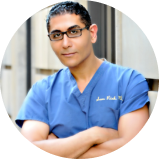
By Dr. Sam S. Rizk, M.D., FACS.
Dr. Rizk is a double board-certified facial plastic surgeon who specializes in rhinoplasty surgery and a recognized expert on the latest advances in facial plastic surgery techniques. He performs a range of facial plastic surgeries at his New York practice.













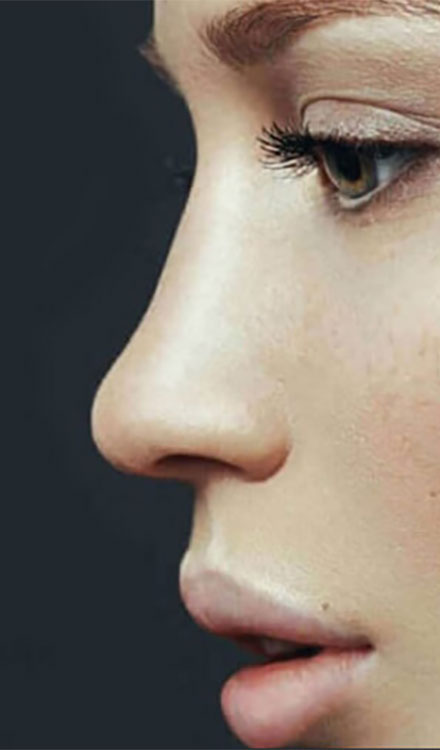
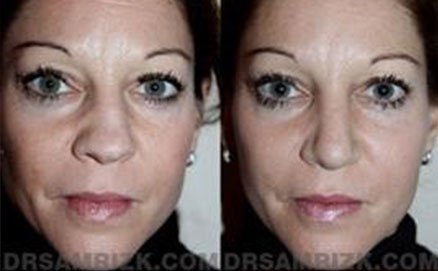
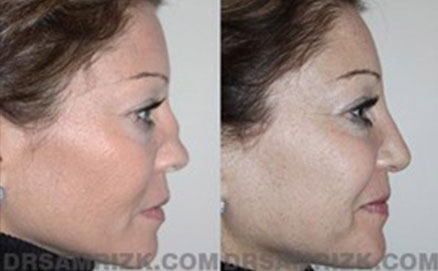
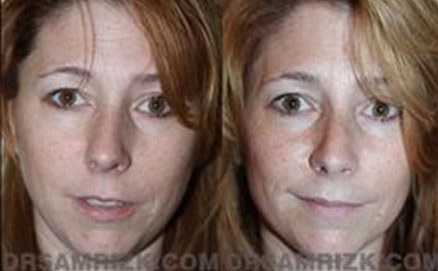
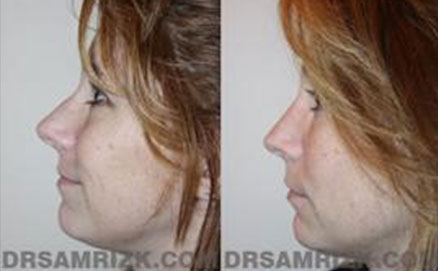
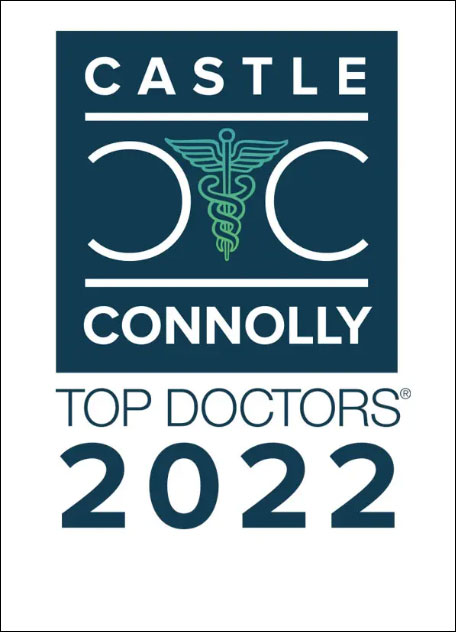
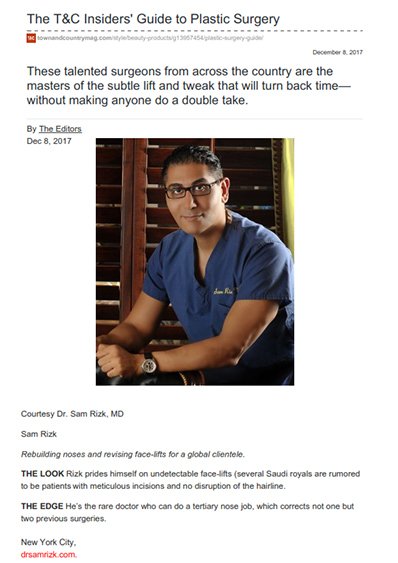

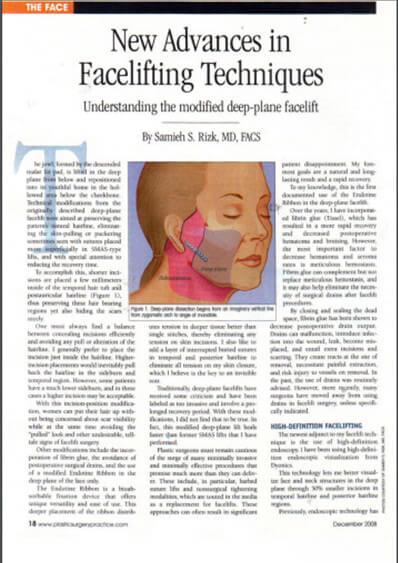





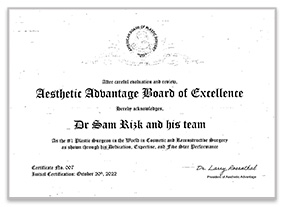
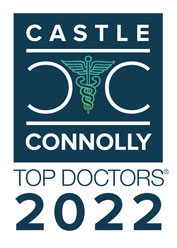

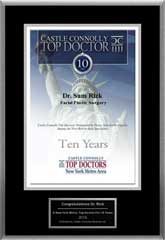
2.jpg)
